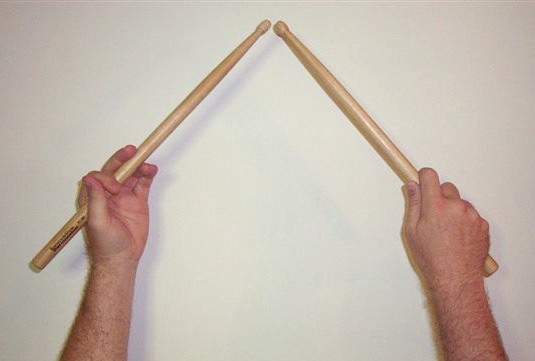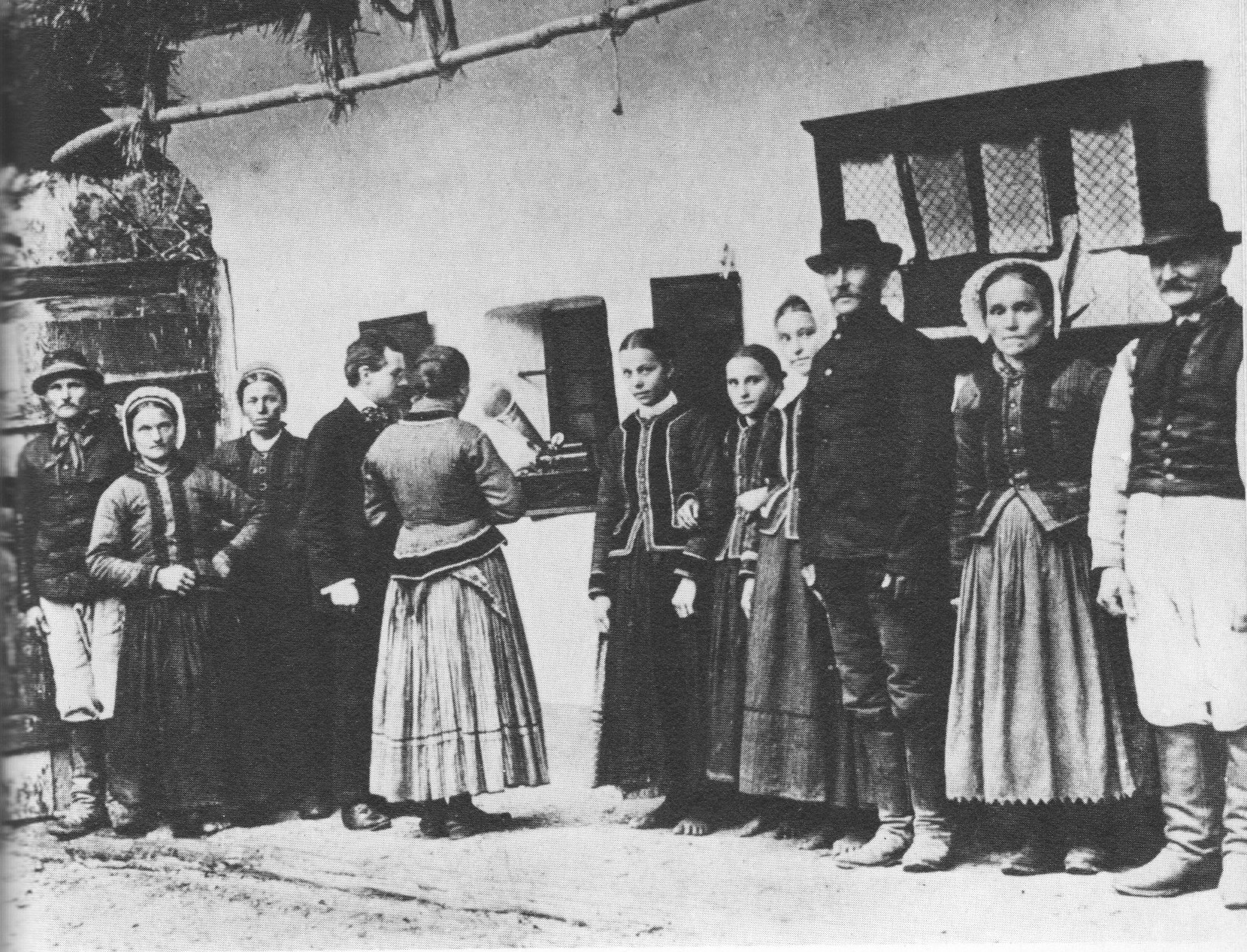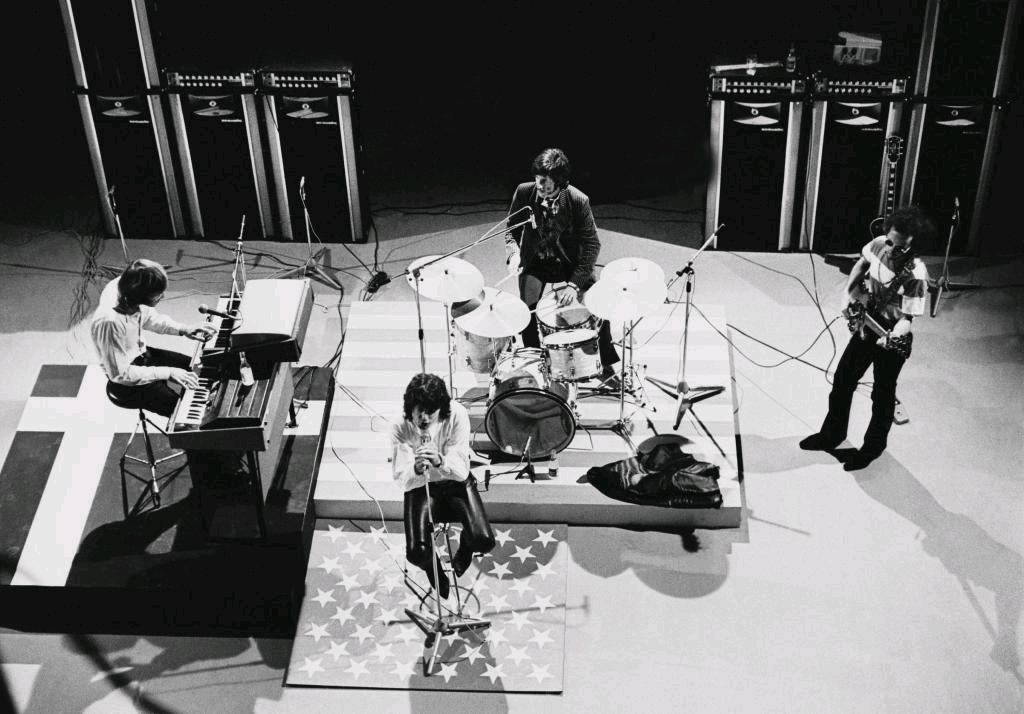|
Desolate North
''Desolate North'' is the debut studio album by the funeral doom metal band Celestiial, first released by Bindrune Recordings on June 6, 2006. It comprises the five tracks from Celestiial's demo, '' Ashen'', combined with three more tracks recorded separately. It was written, performed and recorded entirely by Tanner Anderson, the member of Celestiial, and was never written to be an album or to be performed. The Bindrune CD release is out-of-print, but ''Desolate North'' is still available digitally and in LP-format, the latter having been released by music distributor Handmade Birds in 2011. The album received mixed reviews—some critics claimed it was fresh and a new sound, while others argued it was very similar to music already available. ''Desolate North'' has an extremely slow rhythm and has only limited vocals. The music is interspersed with various woodland sounds, such as running water and footsteps. The natural imagery used on the album is reminiscent of that used ... [...More Info...] [...Related Items...] OR: [Wikipedia] [Google] [Baidu] |
Celestiial
Celestiial is a funeral doom metal band from Minnesota. Initially consisting only of Tanner R. Anderson (vocals, harp, guitars), the band was later joined by Jason William Walton (bass) and Timothy Glenn (percussion). Celestiial is known for using numerous instruments in its music, combining traditional folk instruments with those more typically used in metal music, as well as sampling the sounds of the natural world. Celestiial's music is intended to evoke images of the natural world. After producing a demo, '' Ashen'' (2004), Celestiial was signed to Bindrune Recordings. Through Bindrune, Celestiial released '' Desolate North'' (2006, rereleased by Handmade Birds in 2011) and '' Where Life Springs Eternal'' (2010), as well as a split album, '' Celestiial / Blood of the Black Owl'' (2008). History Celestiial Marty Rytkonen, of Bindrune Recordings, was one of the "maybe six or so" people to receive a copy of Celestiial's demo ''Ashen'', but he was the only person associated wi ... [...More Info...] [...Related Items...] OR: [Wikipedia] [Google] [Baidu] |
Drum Kit
A drum kit (also called a drum set, trap set, or simply drums) is a collection of drums, cymbals, and other auxiliary percussion instruments set up to be played by one person. The player (drummer) typically holds a pair of matching drumsticks, one in each hand, and uses their feet to operate a foot-controlled hi-hat and bass drum pedal. A standard kit may contain: * A snare drum, mounted on a stand * A bass drum, played with a beater moved by a foot-operated pedal * One or more tom-toms, including rack toms and/or floor toms * One or more cymbals, including a ride cymbal and crash cymbal * Hi-hat cymbals, a pair of cymbals that can be manipulated by a foot-operated pedal The drum kit is a part of the standard rhythm section and is used in many types of popular and traditional music styles, ranging from rock and pop to blues and jazz. __TOC__ History Early development Before the development of the drum set, drums and cymbals used in military and orchestral mu ... [...More Info...] [...Related Items...] OR: [Wikipedia] [Google] [Baidu] |
Music Of Ireland
Irish music is music that has been created in various genres on the island of Ireland. The indigenous music of the island is termed Irish traditional music. It has remained vibrant through the 20th and into the 21st century, despite globalising cultural forces. In spite of emigration and a well-developed connection to music influences from Great Britain, Britain and the United States, Irish traditional music has kept many of its elements and has itself influenced many forms of music, such as country music, country and American folk music, roots music in the United States, which in turn have had some influence on modern rock music. It has occasionally been fused with rock and roll, punk rock, and other genres. Some of these fusion artists have attained mainstream success, at home and abroad. In art music, Ireland has a history reaching back to Gregorian chants in the Middle Ages, choir, choral and harp Renaissance music, music of the Renaissance, court Baroque music, music of ... [...More Info...] [...Related Items...] OR: [Wikipedia] [Google] [Baidu] |
Music Of The United Kingdom
Throughout the history of the British Isles, the United Kingdom has been a major music producer, drawing inspiration from Church Music. Traditional folk music, using instruments of England, Scotland, Northern Ireland, and Wales. Each of the four countries of the United Kingdom has its own diverse and distinctive folk music forms, which flourished until the era of industrialisation when it began to be replaced by new forms of popular music, including music hall and brass bands. Many British musicians have influenced modern music on a global scale, and the UK has one of the world's largest music industry, music industries. English folk music, English, Scottish folk music, Scottish, Irish folk music, Irish, and Welsh folk music as well as other British styles of music heavily influenced Music of the United States, American music such as American folk music, American march music, old-time music, old-time, ragtime, blues, country music, country, and Bluegrass music, bluegrass. The ... [...More Info...] [...Related Items...] OR: [Wikipedia] [Google] [Baidu] |
Folk Music
Folk music is a music genre that includes traditional folk music and the contemporary genre that evolved from the former during the 20th-century folk revival. Some types of folk music may be called world music. Traditional folk music has been defined in several ways: as music transmitted orally, music with unknown composers, music that is played on traditional instruments, music about cultural or national identity, music that changes between generations (folk process), music associated with a people's folklore, or music performed by custom over a long period of time. It has been contrasted with commercial and classical styles. The term originated in the 19th century, but folk music extends beyond that. Starting in the mid-20th century, a new form of popular folk music evolved from traditional folk music. This process and period is called the (second) folk revival and reached a zenith in the 1960s. This form of music is sometimes called contemporary folk music or folk ... [...More Info...] [...Related Items...] OR: [Wikipedia] [Google] [Baidu] |
Death Metal
Death metal is an extreme subgenre of heavy metal music. It typically employs heavily distorted and low-tuned guitars, played with techniques such as palm muting and tremolo picking; deep growling vocals; aggressive, powerful drumming, featuring double kick and blast beat techniques; minor keys or atonality; abrupt tempo, key, and time signature changes; and chromatic chord progressions. The lyrical themes of death metal may include slasher film-style violence,Moynihan, Michael, and Dirik Søderlind (1998). Lords of Chaos (2nd ed.). Feral House. , p. 27 political conflict, religion, nature Nature, in the broadest sense, is the physical world or universe. "Nature" can refer to the phenomena of the physical world, and also to life in general. The study of nature is a large, if not the only, part of science. Although humans ar ..., philosophy, true crime and science fiction. Building from the musical structure of thrash metal and Black metal#First wave, early ... [...More Info...] [...Related Items...] OR: [Wikipedia] [Google] [Baidu] |
Medieval
In the history of Europe, the Middle Ages or medieval period lasted approximately from the late 5th to the late 15th centuries, similar to the post-classical period of global history. It began with the fall of the Western Roman Empire and transitioned into the Renaissance and the Age of Discovery. The Middle Ages is the middle period of the three traditional divisions of Western history: classical antiquity, the medieval period, and the modern period. The medieval period is itself subdivided into the Early, High, and Late Middle Ages. Population decline, counterurbanisation, the collapse of centralized authority, invasions, and mass migrations of tribes, which had begun in late antiquity, continued into the Early Middle Ages. The large-scale movements of the Migration Period, including various Germanic peoples, formed new kingdoms in what remained of the Western Roman Empire. In the 7th century, North Africa and the Middle East—most recently part of the Eastern Roman ... [...More Info...] [...Related Items...] OR: [Wikipedia] [Google] [Baidu] |
Meditation
Meditation is a practice in which an individual uses a technique – such as mindfulness, or focusing the mind on a particular object, thought, or activity – to train attention and awareness, and achieve a mentally clear and emotionally calm and stable state. Meditation is practiced in numerous religious traditions. The earliest records of meditation (''Dhyana in Hinduism, dhyana'') are found in the Upanishads, and meditation plays a salient role in the contemplative repertoire of Jainism, Buddhism and Hinduism. Since the 19th century, Asian meditative techniques have spread to other cultures where they have also found application in non-spiritual contexts, such as business and health. Meditation may significantly reduce Stress (biology), stress, anxiety, Depression (mood), depression, and pain, and enhance peace, perception, self-concept, and well-being. Research is ongoing to better understand the effects of meditation on health (psychology, psychological, neurology, neuro ... [...More Info...] [...Related Items...] OR: [Wikipedia] [Google] [Baidu] |
Dark Folk
Neofolk, also known as apocalyptic folk, is a form of experimental music blending elements of folk and industrial music, which emerged in punk rock circles in the 1980s. Neofolk may either be solely acoustic or combine acoustic folk instrumentation with various other sounds. History The term "neofolk" originates from esoteric music circles who started using the term in the late 20th century to describe music influenced by musicians such as Douglas Pearce (Death In June), Tony Wakeford (Sol Invictus) and David Tibet (Current 93). Anglo-American folk music with similar sounds and themes to neofolk existed as far back as the 1960s. Folk musicians such as Vulcan's Hammer, Changes, Leonard Cohen, and Comus could be considered harbingers of the sound that later influenced the neofolk artists. Also the later explorations of Velvet Underground's band members, specifically those of Nico, have been called a major influence on what later became neofolk. Culture A majority of artists wi ... [...More Info...] [...Related Items...] OR: [Wikipedia] [Google] [Baidu] |
Experimental Music
Experimental music is a general label for any music or music genre that pushes existing boundaries and genre definitions. Experimental compositional practice is defined broadly by exploratory sensibilities radically opposed to, and questioning of, institutionalized compositional, performing, and aesthetic conventions in music. Elements of experimental music include indeterminate music, in which the composer introduces the elements of chance or unpredictability with regard to either the composition or its performance. Artists may also approach a hybrid of disparate styles or incorporate unorthodox and unique elements. The practice became prominent in the mid-20th century, particularly in Europe and North America. John Cage was one of the earliest composers to use the term and one of experimental music's primary innovators, utilizing indeterminacy techniques and seeking unknown outcomes. In France, as early as 1953, Pierre Schaeffer had begun using the term ''musique expérimenta ... [...More Info...] [...Related Items...] OR: [Wikipedia] [Google] [Baidu] |
Gothic Rock
Gothic rock (also called goth rock or simply goth) is a style of rock music that emerged from post-punk in the United Kingdom in the late 1970s. The first post-punk bands which shifted toward dark music with gothic overtones include Siouxsie and the Banshees, Joy Division, Bauhaus, and the Cure. The genre itself was defined as a separate movement from post-punk. Gothic rock stood out due to its darker sound, with the use of primarily minor or bass chords, reverb, dark arrangements, or dramatic and melancholic melodies, having inspirations in gothic literature allied with themes such as sadness, nihilism, dark romanticism, tragedy, melancholy and morbidity. These themes are often approached poetically. The sensibilities of the genre led the lyrics to represent the evil of the century and the romantic idealization of death and the supernatural imagination. Gothic rock then gave rise to a broader goth subculture that included clubs, fashion and publications in the 1980s, 1990 ... [...More Info...] [...Related Items...] OR: [Wikipedia] [Google] [Baidu] |
Decibel Magazine
''Decibel'' is a monthly heavy metal magazine published by the Philadelphia-based Red Flag Media since October 2004. Its sections include Upfront, Features, Reviews, Guest Columns and the Decibel Hall of Fame. The magazine's tag-line is currently "Extremely Extreme" (previously "The New Noise"); the editor-in-chief is Albert Mudrian. Features Hall of Fame Each issue of ''Decibel'' features an article dubbed the Hall of Fame which pays tribute to a significant album in the history of heavy metal music. All contributing band members to the specific album must be alive at the time of interviewing. In 2009, 25 of the Hall of Fame entries were used as the basis for the book ''Precious Metal: Decibel Presents the Stories Behind 25 Extreme Metal Masterpieces'' released through Da Capo Press. The book also includes previously unreleased interview questions that were left out of the magazine articles, and a full piece on Darkthrone's '' Transilvanian Hunger'' that was never published i ... [...More Info...] [...Related Items...] OR: [Wikipedia] [Google] [Baidu] |






